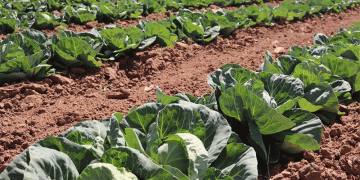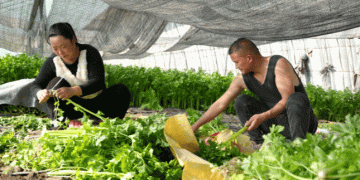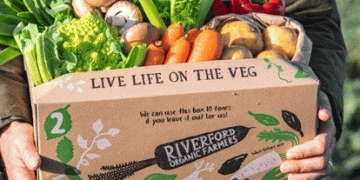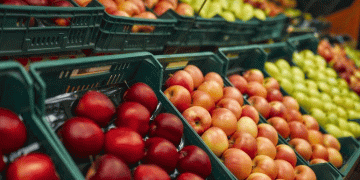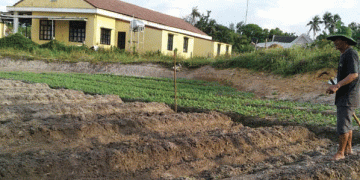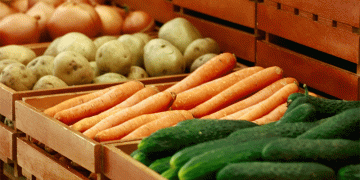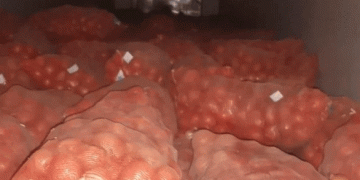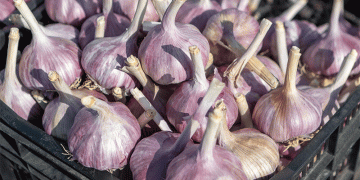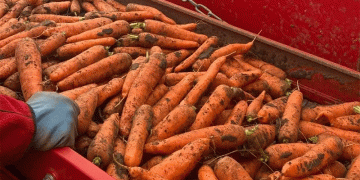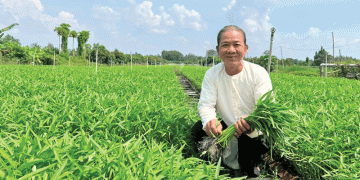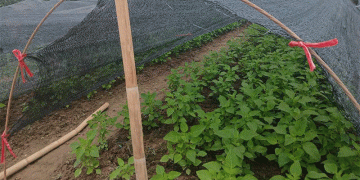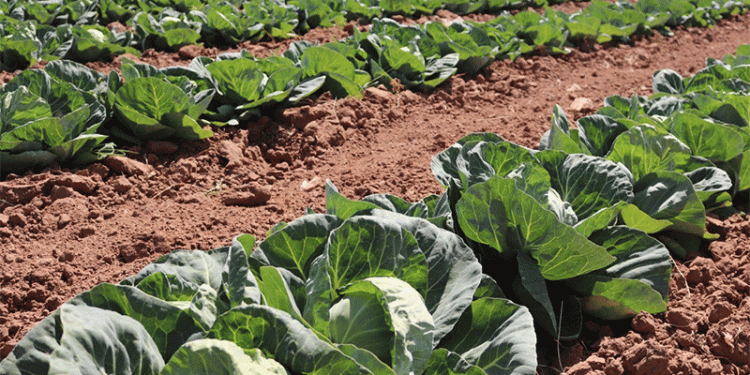In the fertile fields of the Enotaevsky district in Astrakhan, the early cabbage harvest is in full swing. Hundreds of tons of fresh, tightly packed heads are being loaded onto trucks, destined for both local markets and distant cities. According to Boris Budaev, head of the district, four local farms have already collected 350 tons of cabbage this season.
Where Is Astrakhan’s Cabbage Heading?
- Local Sales: A portion of the harvest is being sold in Astrakhan’s markets and grocery stores, supporting regional food security.
- Long-Distance Trade: The rest is being transported to major cities like Volgograd, Samara, and Moscow, highlighting the growing demand for fresh produce from southern Russia.
Market Trends and Agricultural Insights
Recent data from Rosstat (2024) shows that vegetable production in southern Russia has increased by 7% compared to last year, with cabbage being a key crop due to its storage resilience and high demand. Additionally, the Ministry of Agriculture reports that interregional trade of fresh vegetables has grown by 12%, driven by improved logistics and cold storage solutions.
Why Does This Matter for Farmers and Agribusiness?
- Profit Potential: Selling to distant markets can yield higher profits but requires efficient transport and storage.
- Diversification: Farmers investing in early-season crops like cabbage can capitalize on market gaps before larger harvests flood the market.
- Sustainability: Regional food networks reduce dependency on imports, strengthening local economies.
Astrakhan’s cabbage harvest demonstrates the dual role of regional agriculture—feeding local communities while supplying high-demand urban centers. For farmers and agronomists, this underscores the importance of strategic crop selection, logistics planning, and market analysis to maximize profitability.
